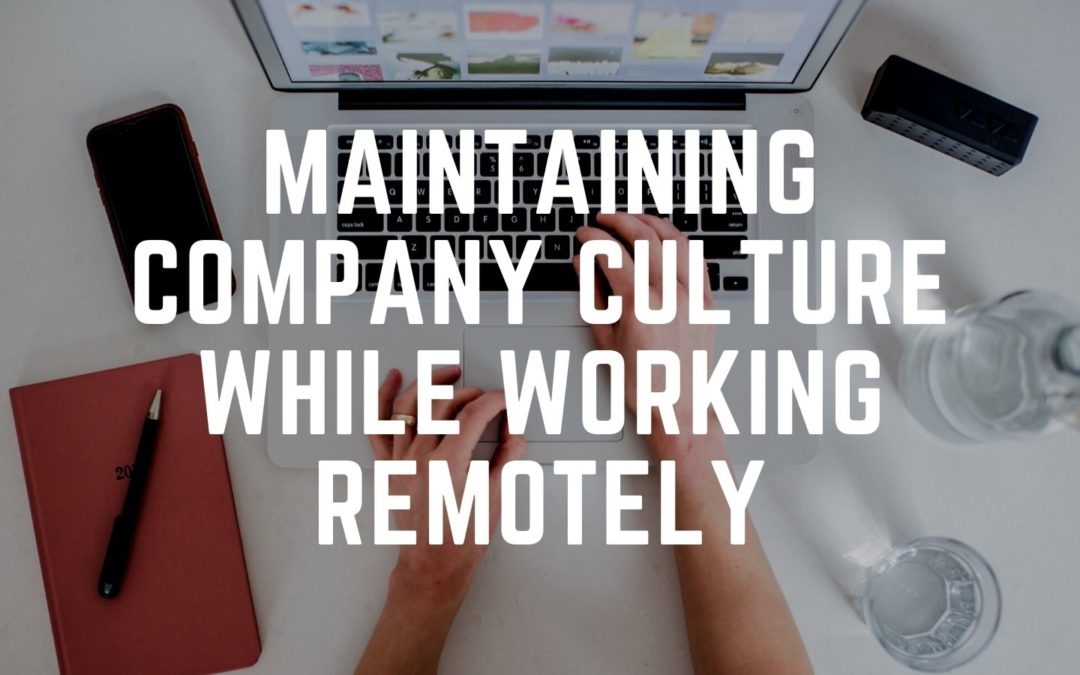For years now, remote working has been increasingly common in the corporate world. New technologies have made it easier than ever to collaborate on projects without coming together in an office. In the past year, the coronavirus pandemic has only accelerated this trend. Nowadays, working from home is the standard procedure for countless workers around the world.
The remote working revolution has solved many problems for companies and employees alike. Commuting is no longer a concern, while companies can bring people together from around the world without paying for a single flight. But as much as remote working has solved some problems, it has also exacerbated others.
Creating a company culture has long been a priority for managers. When the entire team shares a common ethos and is pulling together towards a common goal, results improve drastically. This aspect of corporate management was always a main focus in the office. Now, with remote working keeping workers home, it’s been largely forgotten.
Company culture is still vital in the remote working era. In fact, it might be more important than ever. Without daily contact to reinforce norms and build relationships, workers rely on the workplace culture to inspire them and foster collaboration. Creating that culture is certainly more difficult when workers aren’t together in the same room, but it can still be done. Here’s how you can make it happen.
Build A Virtual Community
A culture cannot be created out of thin air. It must arise out of a preexistent community. That’s why it’s so important that you build a bonafide community among your virtual workers. Host virtual meetings where workers can speak freely and be themselves. Include messaging capabilities on company programs so that people can stay in touch. This will allow for real relationships from which your company culture can grow.
Encourage Active Engagement
Meetings, chat features, and other strategies won’t work if the workers themselves won’t engage. As the boss, it’s on you to foster engagement. Whenever you’re present at a virtual meeting, do what you can to draw others into the conversation. Also, encourage employees to communicate about solving problems, just like they would in a physical workplace.

